Topic
- Agile Manifesto
- 12 Guidelines
- Four values
- 5 Scrum Values: the Scrum Foundations
Learnings
- Describe the Agile Manifesto's 12 principles and four ideals
- Show how "responding to change" in Agile is preferable to "following a plan" in conventional project management
- Describe the connections between the Scrum artefacts, events, and roles and the Scrum values (courage, focus, commitment, respect, and openness)
- The three Scrum pillars of Transparency, Inspection, and Adaptation should be listed and explained
- Identify the distinctions between a framework and a methodology, and explain why Scrum is referred to as a framework
- Describe five approaches to adopting an agile mentality
- Give two examples of how Agile and Scrum differ from one another and why the two phrases should not be used interchangeably
Scrum Events and Artifact Transparency
Topic
- planned a sprint.
- Daily Scrum
- Reviewing Sprint.
- Sprint Evaluation.
Learnings
- An explanation of sprint planning, daily scrum, sprint review, and retrospectives should be explained.
- Recognise the rationale behind a sprint's fixed scope and time limit.
- Give three approaches to prevent spillover from the sprint backlog.
- Discuss the five advantages of having a sprint objective and define sprint goals.
- Recognise the manner in which the Product Owner and Scrum Master should coordinate with the team and provide five suggestions for enhancing these interactions.
- Talk about the three negative effects of sprint cancellation and how to prevent it.
- List 10 sprint anti-patterns and understand how they affect delivery and turnaround time (examples: sprint cancellation, variable sprint length).
Topic
- Backlog for products.
- Sprint Backlog
- Increment in the Products
Learnings
- Examples of key characteristics of a well-formed product backlog are estimated and prioritised.
- Talk about two duties that the development team, scrum master, and product owner have while building and maintaining a product backlog.
- Purpose of having a product backlog and the best methods for refining the product backlog.
- Discuss and analyse the optimal amount of time and resources to devote to refining the product backlog.
- Showcase three activities that take place during a sprint review, such as the budget, timeline, and release plan.
- List five anti-patterns for sprint reviews (such as delayed acceptance) and their detrimental effects.
Topic
- Planning for Sprint Execution
- Management of flow
- Resolution conferences
- Communication (task board, story point-based sprint burndown chart, hours of effort)
Learnings
- Describe the differences between daily standups and resolution meetings.
- Describe the advantages of working with product owners.
- List 3 drawbacks of excessive product owner collaboration.
- Give 3 examples of how to remove obstacles and work together.
- Create a sprint burndown chart and demonstrate it.
- Explain 3 methods the team can use to become more effective
Topic
- Maintain Daily Scrum Activity.
- Sprint retrospective activities.
Learnings
- Describe the significance of the daily scrum meetings' 15-minute time limit.
- Give three contrasts between daily stand-ups and typical meetings.
- Describe the two roles that the Product Owner, Development team, and Scrum Master perform in daily scrum.
- List two duties that the development team, product owner, and scrum master have at the sprint retrospective.
Topic
- A feature's (user narrative or product backlog item) definition of "Done"
- Explanation of what is done for a sprint
- Definition of done for a release
- Defining done versus accepting standards
- Done-Done vs Done
Learnings
- Describe the three stages of "definition of done": user story (building code, for example), sprint, and release (creating release notes, for example).
- Describe three advantages of the Definition of Done and why it can change over time.
- Create a wish list for the DoD (with a minimum of 7 items).
- Mention three dangers that a weak DoD poses.
- List the top 5 qualities of effective acceptance criteria.
- Recognise who should participate in creating the admission criteria.
- List three consequences of not adhering to the acceptance criteria.
Topic
Explanation of Ready for User story
Get the definition of ready-for-sprint
Learnings
Make a comprehensive list of the Definitions of Done.
List three consequences of a poorly constructed Definition of Done.
List at least three advantages of having a common Definition of Done for teams working on the same product backlog.
Give two suggestions for enhancing the term done.
Distinguish between "done" and "done done".
Topic
About release planning
Those involved in the release planning
Releasing planned steps
Results of the Release Planning
Learnings
Define and comprehend the release planning process.
Give three advantages of a well-planned release.
Describe three release planning outcomes.
Topic
- Definition
- Why and when to utilise a sprint burndown chart
- data obtained from the sprint burndown chart.
Learnings
- Understand and define the sprint burndown chart.
- Identify the top 3 uses for burndown charts.
- Find out how to make a burndown chart and how to calculate it.
- Describe the process for modifying upcoming sprints depending on the burndown.
- List three important facts you learned from a burndown chart.
- Give a burndown chart's 5 benefits and 2 drawbacks.
- Recognise the five typical mistakes that cause burndown charts to contain inaccurate information.
Topic
- Definition of burn-up chart
- Features about it
- How to create a determined burn-up chart (steps)
Learnings
- Recognise the significance of having a release goal (based on prior experience and consensus).
- Explain the significance of release burn-up in figuring out the situation as it is.
- Compare and contrast burndown and burn-up charts in two ways.
- Describe how to modify release planning, if necessary, in light of the fire down.
- Give one main reason why a burnup chart is preferable to a burndown chart
Topic
- Recognise the significance of having a release goal (based on prior experience and consensus).
- How to plan a product.
- How to define product vision.
- How to build a backlog for products.
- A product roadmap.
- Minimum Marketable Features, also known as Minimum Releasable Features.
- Low-Risk Products.
Learnings
- Learnings about Product
- Planning & implementation of product
- RoadMap of the product
Topic
How do user stories work
User story elaboration and format
INVEST standards
Learnings
Explain the definition of a user story, why it's important, and how it fits into real-world initiatives.
Describe the three Cs of user stories.
Describe the significance of acceptance criteria and provide three possible outcomes when they are not satisfied.
Topic
- Definition of Agile Estimation
- Benefits of it.
- Agile estimation Process.
Learnings
- Give five advantages of agile estimation, with examples.
- Decide which of the seven widely used Agile estimating approaches is appropriate for your project by understanding them all.
- Discuss three advantages of Planning Poker and Relative Estimation.
- List three mistakes people often make while utilising relative estimation, along with their consequences.
- Talk in-depth about the five essential steps in planning poker.

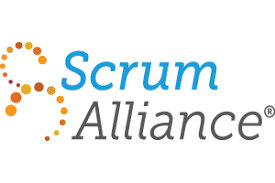



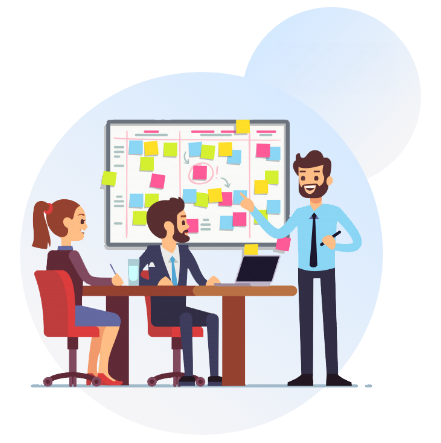






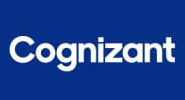
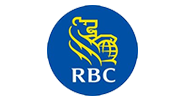
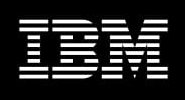
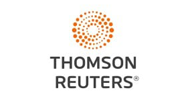
_1626207511_1626706907_1632945632.png)
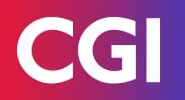

















_1627333619.jpg)












































